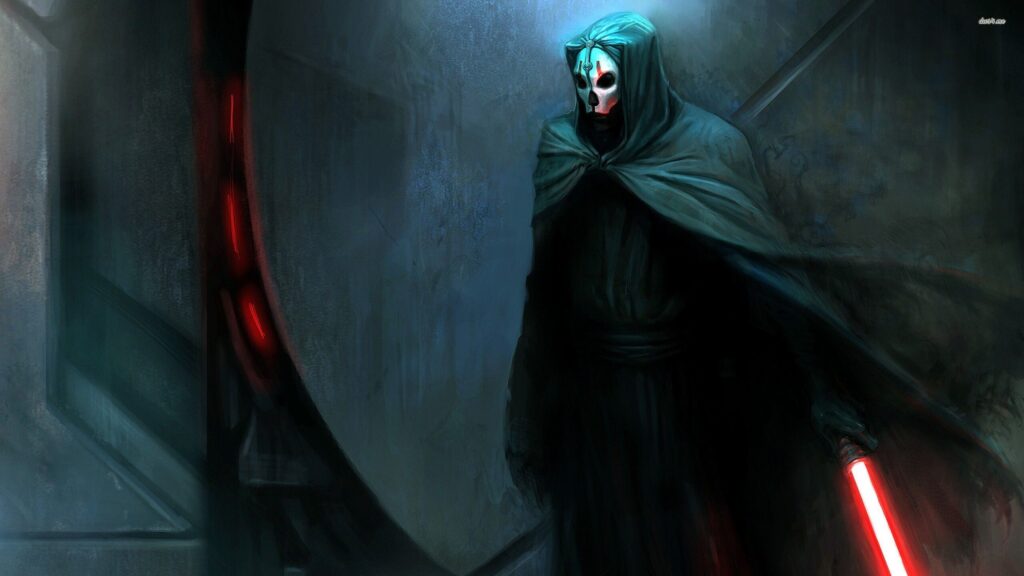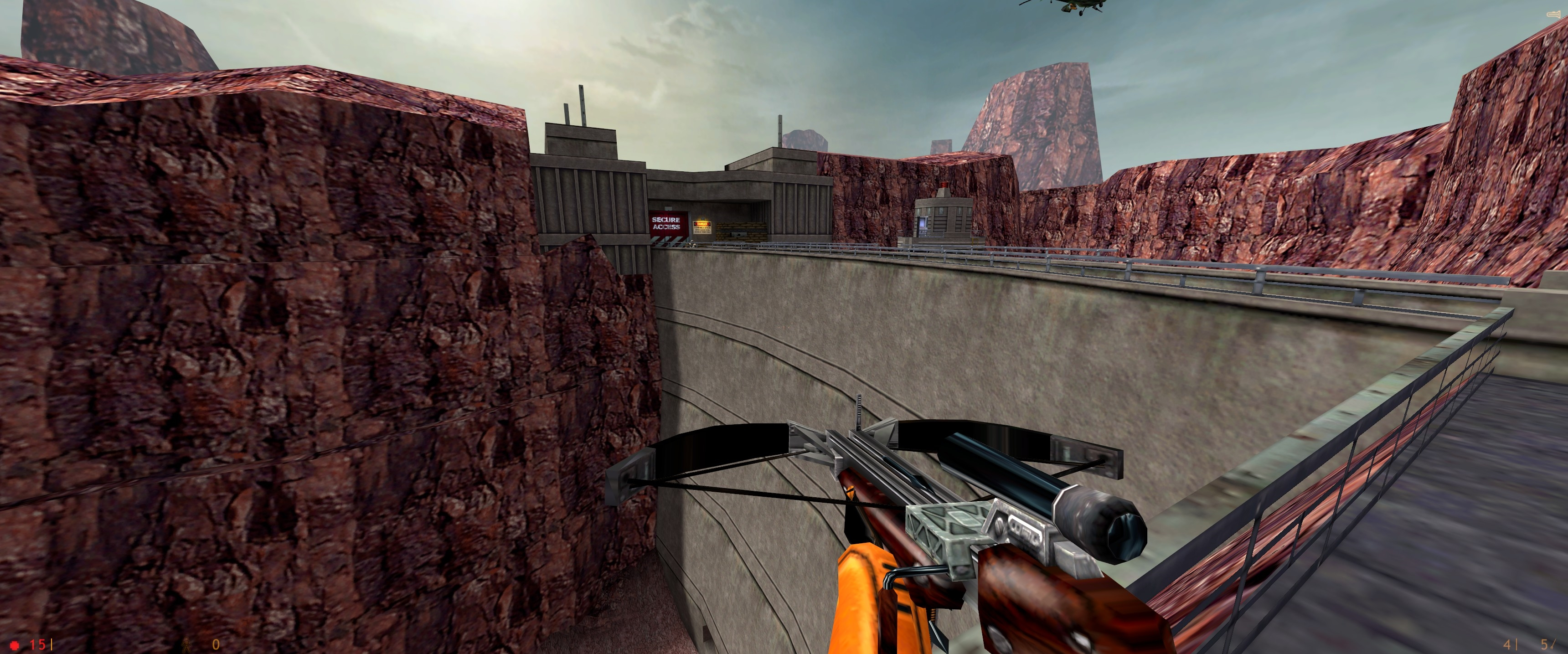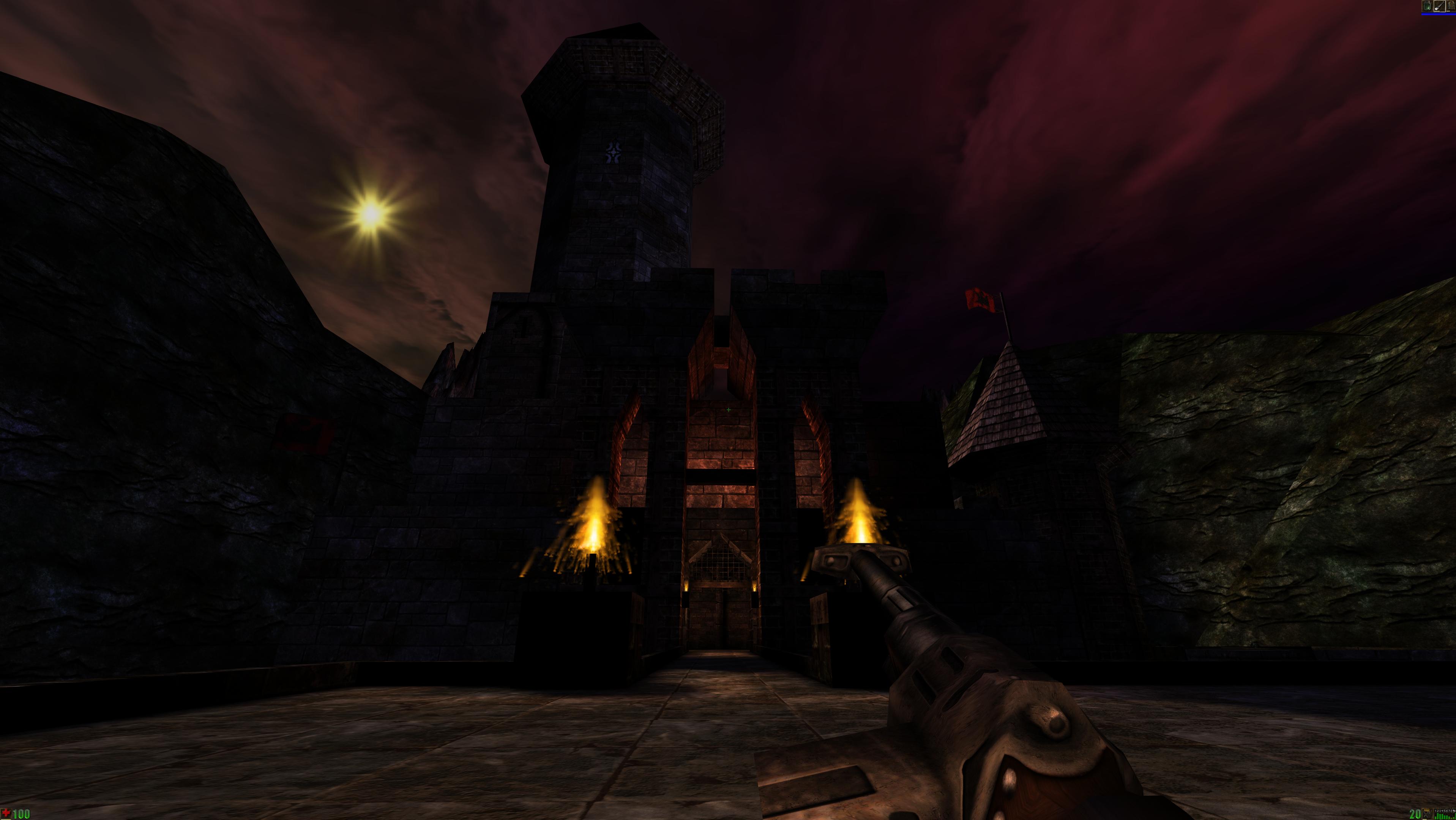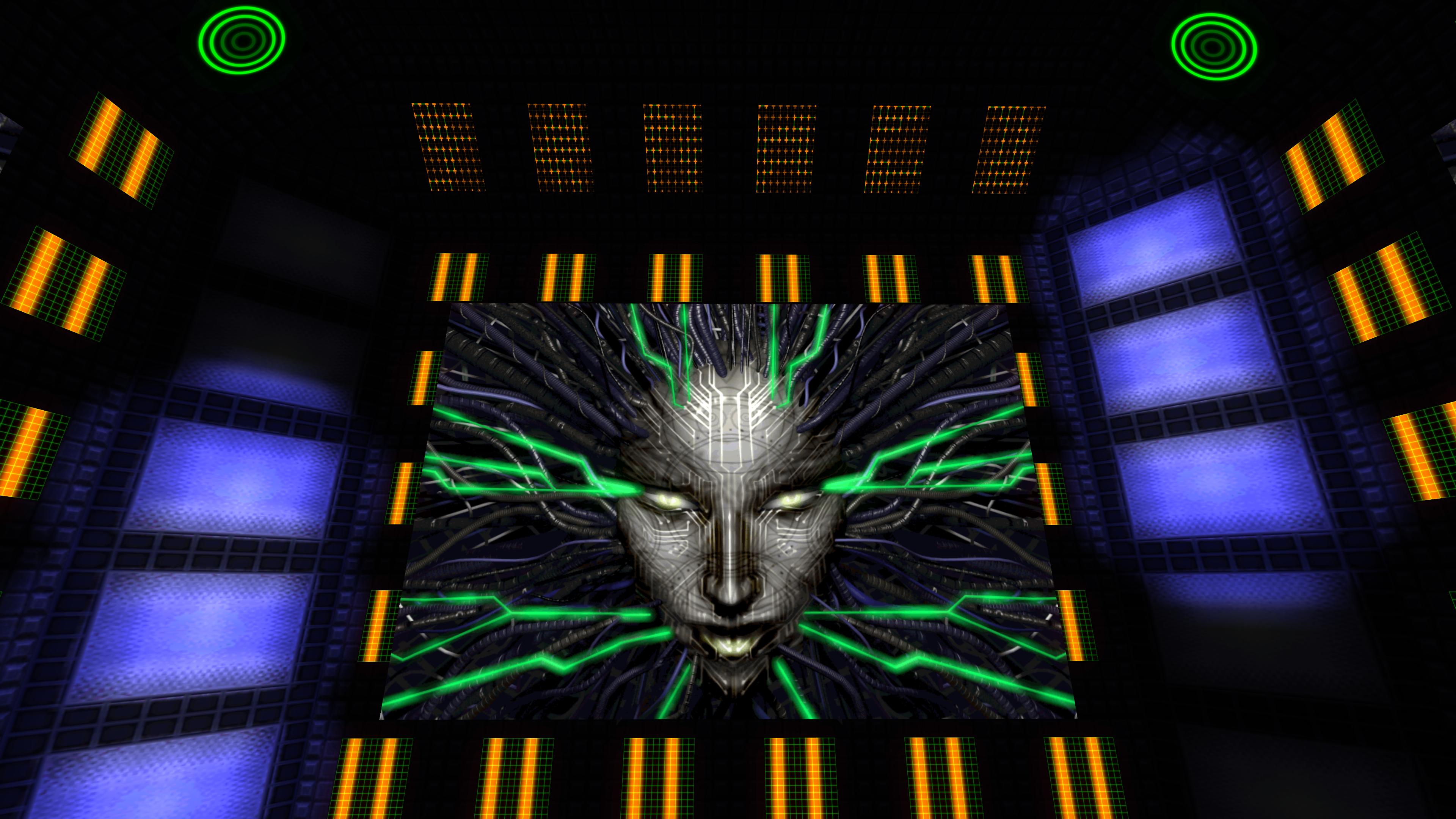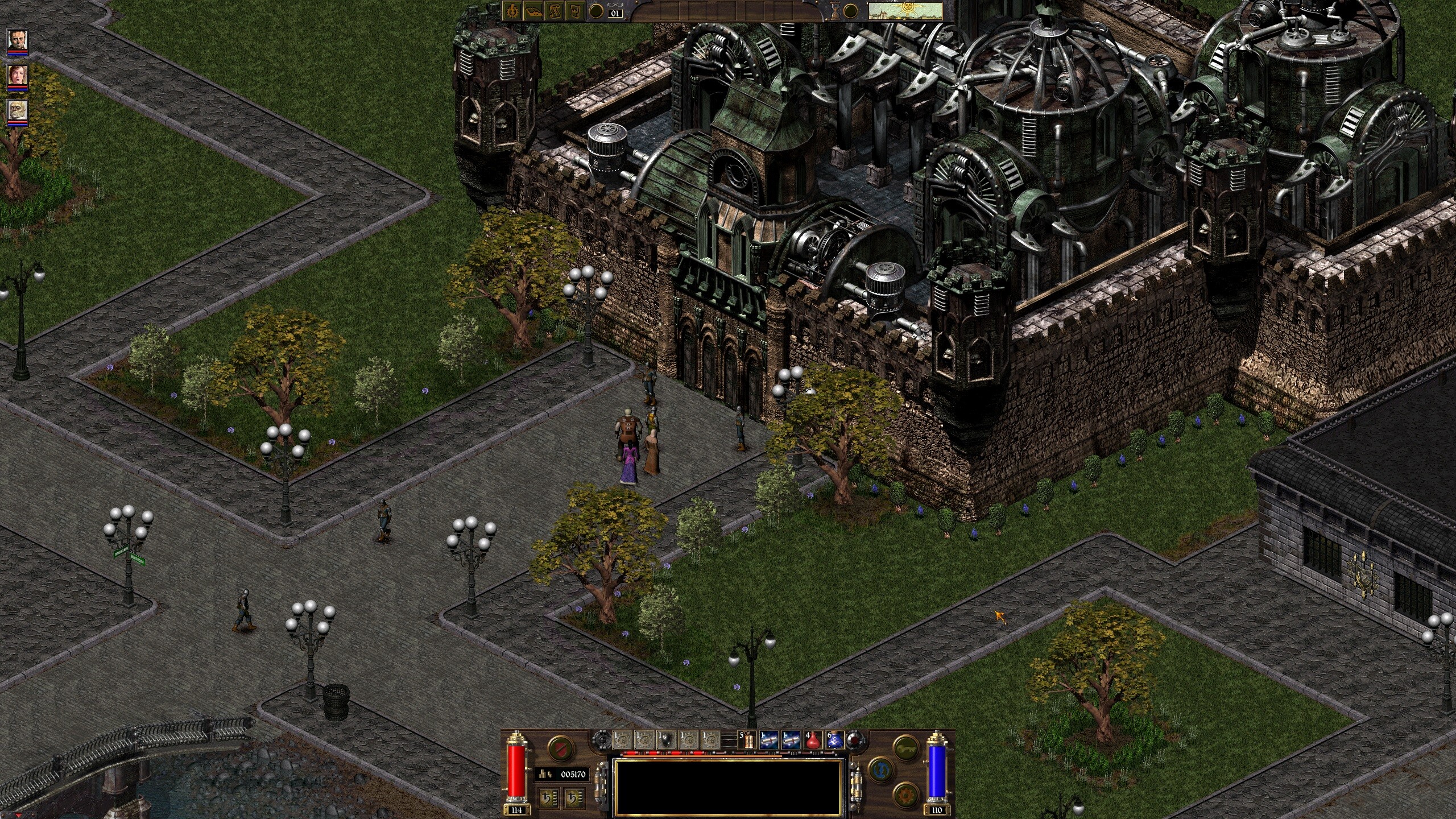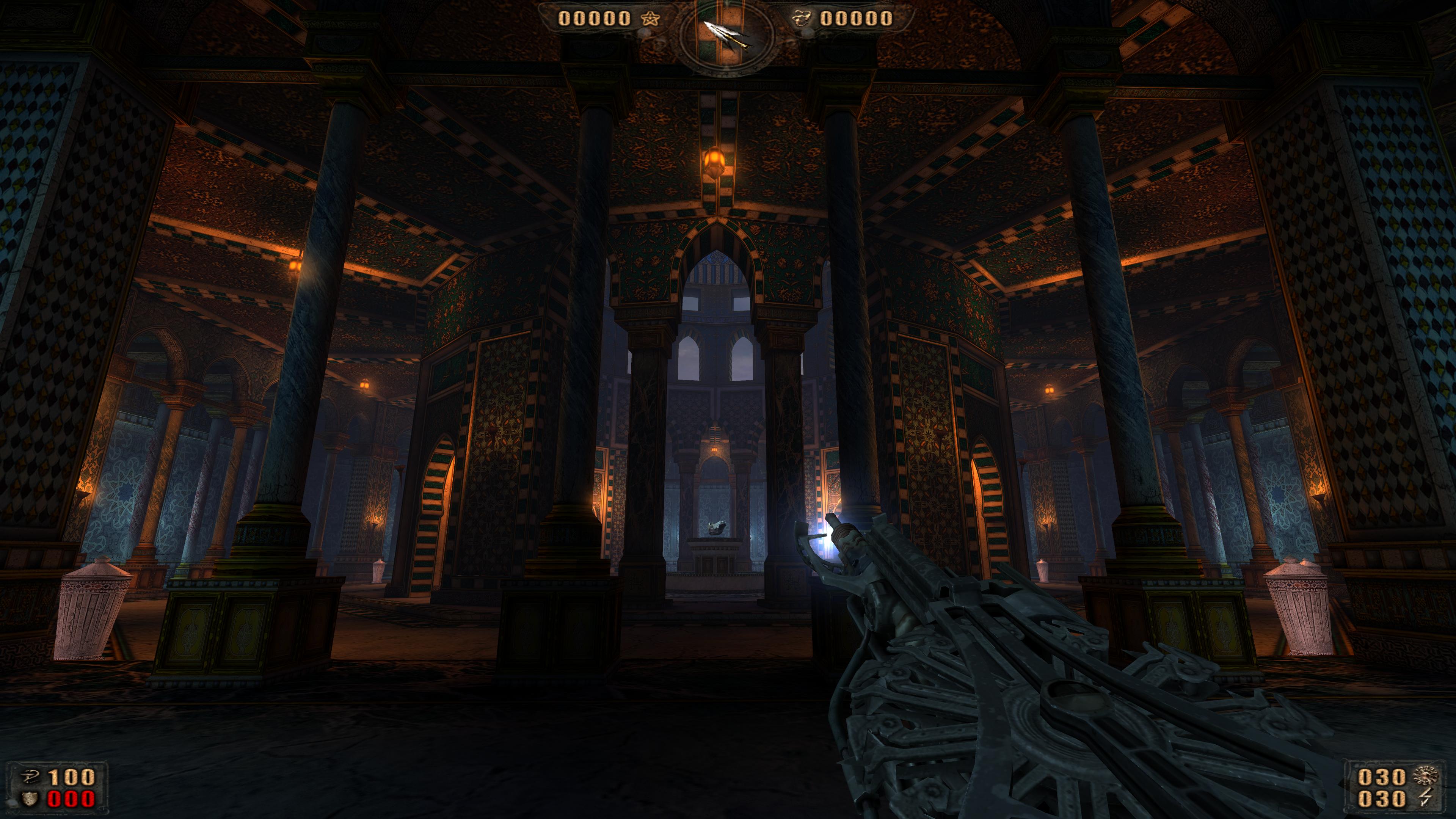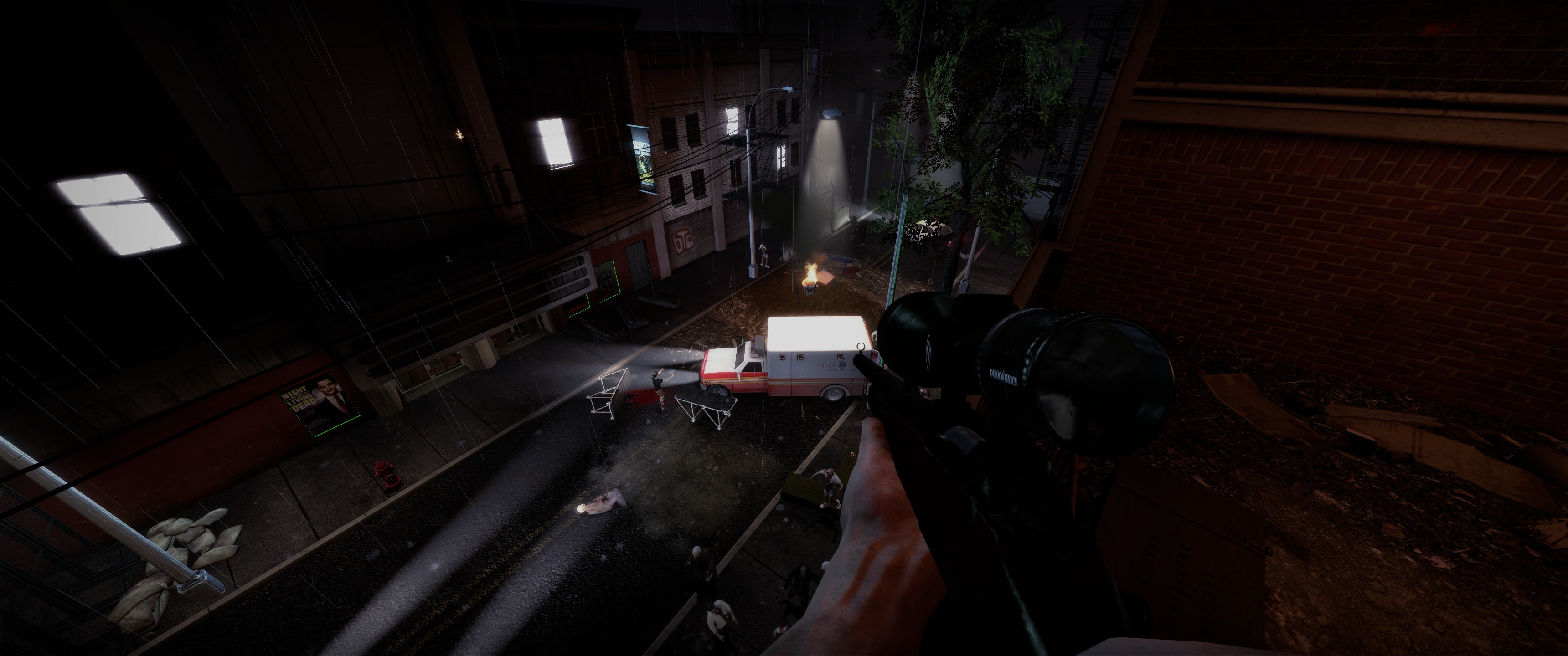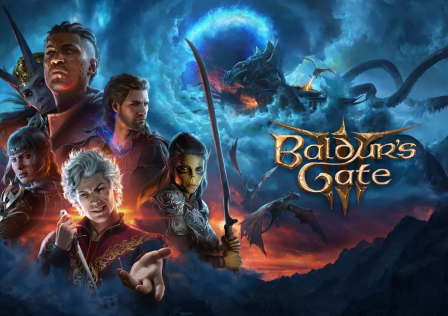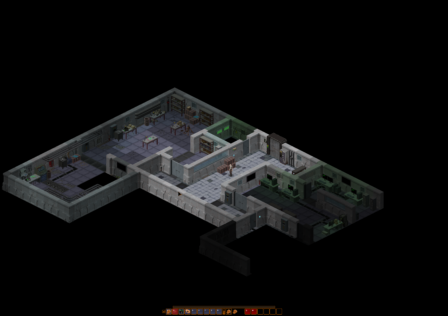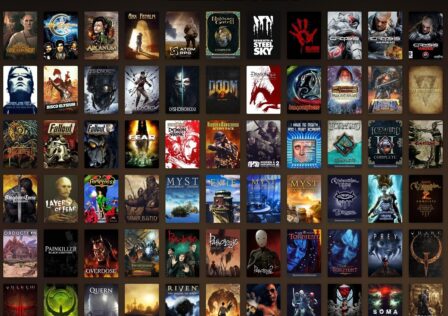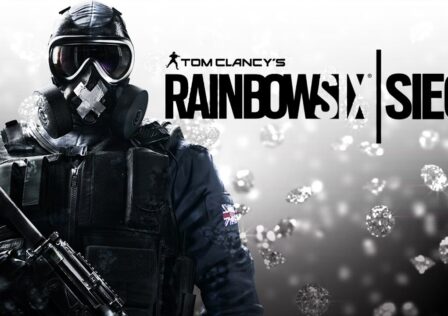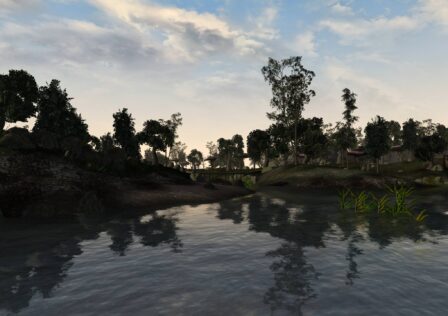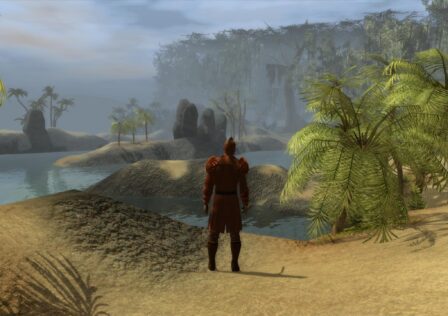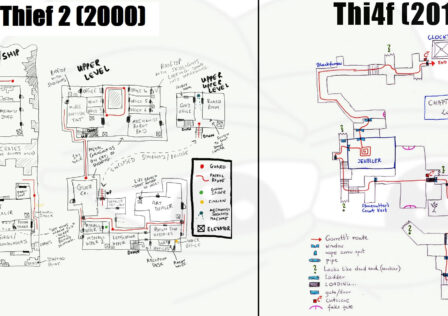Looking back in the history of gaming, it is impressive in hindsight that some game studios made their debut with a timeless masterpiece of a game. In this article we will look at every time we believe a game studio’s very first game turned out to be a timeless masterpiece. Many games not on this list were significant pioneers but did not age well and would be hard to consider masterpieces today, so for this article we’re focusing on the much more manageable list of such game debuts that truly pass the test of time.
Valve debuted with Half-Life in 1998. Need I say more? Half-Life was a genre changer, being a major step up in artistic environmental design over Quake and Doom, showing just how creative each and every level in an FPS game can be, showing how FPS can be mixed with low resource gameplay to practical physics-based “puzzle” gameplay and more, all while having a very distinct artistic flavor with its sense of humor, science jokes, portrayal of characters, level design, everything.
Valve of course went on to become a staple in PC gaming, solidifying their legacy. Every major game release of theirs really does what they set out to do brilliantly, even if the game is not to your liking. Half-Life in particular went on to become an almost mythical series, which has recently been revived in 2020 by both the release of Black Mesa, the near-flawless remake of Half-Life, and Valve’s own Half-Life: Alyx.
Few game studios are as controversial as Epic Games today, but some aren’t aware that they debuted with an absolute masterpiece: Unreal in 1998. Another genre altering FPS from the 1990s, I declare Unreal to be the king of fast paced action FPS based on its accomplishments. No other FPS matches its brilliant weapon design, level design diversity, hardly any can match its enemy diversity and AI, it has two full fledged campaigns and multiplayer plus excellent moddability. It’s also the best adventure game of any FPS I’ve played. It does everything a game in this genre needs to and more.
Unreal would go on to become a legendary FPS series throughout the 1990s and 2000s, before the landscape of gaming changed. Epic Games notoriously shifted focus with the Unreal series to arena-style multiplayer shooters with Unreal Tournament, granted Unreal Tournament was always more than just an arena shooter from the beginning thanks to the Assault game mode introduced in the very first Unreal Tournament which remains one of the greatest game modes ever designed, and then Onslaught in Unreal Tournament 2004 which remains one of the greatest large scale combined warfare game modes ever designed.
Unreal did get a sequel in 2003, but it just cannot hold a candle to Unreal. It’s not even a bad game; its AI, level diversity (but not overall level design), enemy diversity, and weapon design still objectively surpass the vast majority of what the genre offers, but Unreal just set the bar so high that no game has reached it since.
Similarly, Epic Games released Unreal Tournament III in 2007, which wouldn’t have been a bad game if the other Unreal Tournaments didn’t exist, but ultimately it is just a tiny fraction of the other UT games, missing vital content (especially game modes) and offering nothing in return. Plus it released during the booming of casual online gaming, so this was effectively the unfortunate end of a great series.
Unreal Tournament 4 is in development limbo due to the success of Fortnite. But if Epic Games had released a worthy sequel to Unreal, or better yet a remake of them on Unreal Engine 4 (hint hint Epic Games), and if they had delivered the same long term support for Unreal Tournament 2004 that Valve does with their games like Counter-Strike: Global Offensive, then maybe this series (and both versions of it even) wouldn’t be dead today.
Be sure to check out our review of Unreal here.
Irrational Games teamed up with the fabled Looking Glass Studios to produce System Shock 2 in 1999. Irrational Games was made up of former Looking Glass Studio employees, and the two studios worked together to take System Shock to a completely different level.
System Shock took the FPS genre in a new direction in 1994, making a Sci-Fi horror game with a now famous AI antagonist called SHODAN. The game has not aged well, hence the remake in the works, but it was a brilliant concept. In order to top it, these two studios filled with masterminds had to make a combined effort, and the result is the crowning achievement of the “Shock” series which extends to the seriously downgraded BioShock series.
System Shock 2 is just a masterful example of space horror from any medium. But it isn’t just outstanding in survival horror and disturbing thematic horror, it has an immaculately detailed environment, the most innovative mix of RPG and FPS mechanics ever, it is just such an incredibly rich game on every level. Honestly the expertise of this game is just evidence that this game is hardly anyone’s debut, since its creators had worked on System Shock, Thief: The Dark Project, and more as well.
We can hardly give this game any more praise, but Arcanum: Of Steamworks and Magick Obscura, the debut of Troika Games in 2001, returns to the front lines. Mind you that like the previous game on this list, while it is a studio’s debut, the creators worked on previous masterpieces; in this case the Fallout series.
To date, of all video game RPGs we’ve played this one ranks #2 in role-playing capability. It is an honorable mention in our list of greatest video game stories (which will soon be a top 20 list and Arcanum will be in the top 20), but this game also excels in gameplay with its mix of steampunk tech and magic plus one of the best crafting systems ever designed.
Arcanum is a high fantasy + steampunk open world RPG that lets the player loose in a massive world, with a strong story to follow yet you have the freedom to do whatever you like whenever you like. This might sound like something common today, but only Arcanum along with Fallout and Fallout 2 react realistically to just about everything the player does, when it comes to open world more traditional RPGs. Does your character have low intelligence? Congratulations, now you’ll be unable to speak properly and write out your journal properly. Is your character very attractive? Some NPCs will let you know that they believe this to be the case. Is your character an adept magic user? Adept technologists can easily discern this, and will not offer you any opportunities from trade to quests, and the opposite is true as well. There’s hardly an end to it.
Now it’s not like Troika Games pulled Arcanum out of thin air, since as we said much of its lead staff came from Interplay Entertainment, people who worked on Fallout, so you can see why Arcanum is so similar and so brilliant. But nevertheless, it was the debut for Troika Games, and it is certainly a masterpiece.
Troika would go on to produce the highly acclaimed Vampire: The Masquerade – Bloodlines in 2004 before folding. The gaming industry could really use another Troika Games since the RPG genre has truly fallen from grace.
Bohemia Interactive debuted with Operation Flashpoint: Cold War Crisis in 2001 which was almost like the first Arma game before it was called Arma.
While this game is certainly eclipsed by every Arma game (each of which easily surpasses the previous), if those didn’t exist then Operation Flashpoint would still be a stand out game to play today. It hasn’t aged terribly, and along with the Arma games, these are all in a league of their own when it comes to Mil-Sim games.
People naturally compared thos game to Tom Clancy’s Ghost Recon which came out the same year, and rightfully so. Both are large scale, more realistic shooters, but Operation Flashpoint ultimately does everything Ghost Recon does and so much more.
Arkane Studios
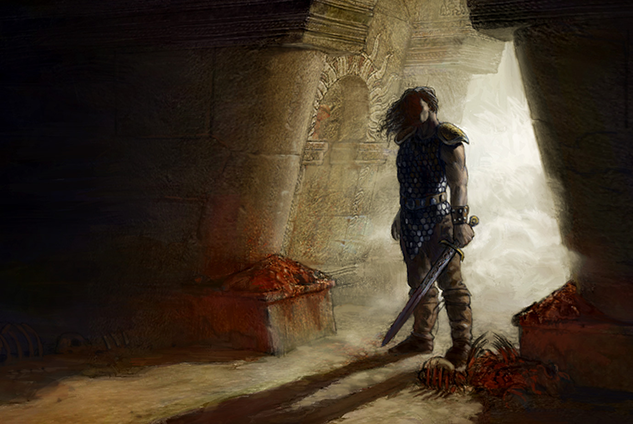
Arkane Studios is best known for the Dishonored series and Prey 2017 (or as I prefer to call it, Preyshock). But perhaps their most ambitious game was their first, Arx Fatalis in 2002. It was originally supposed to be Ultima Underworld III but they couldn’t get the rights to do that, so they had to settle for a spiritual successor. On that note, Ultima Underworld II by Looking Glass Technologies arguably deserves its own spot on this list, but unfortunately we cannot say with certainty as those games have not aged well and are rather difficult to play on modern systems, so we have not fully explored them.
Arx Fatalis takes place in a high fantasy universe that seems typical at first, featuring humans, dwarves, goblins, trolls and what not, but like Ultima Underworld, it is set entirely in a dystopian underground civilization due to the surface being uninhabitable (the sun got snuffed out). It features a rich world with exploration and a variety of possible character builds. It remains a cult classic and hardcore gamers often claim it’s Arkane’s greatest game to date.
It has also been the recipient of some long term support; in 2011, Arkane released a patch and the source code for the game, making it one of few truly open source games along with earlier id Tech games. This has led to the unofficial community development of Arx Libertatis which focuses on fixing bugs, adding new rendering features, improving modern system support, and adding cross-platform support.
Then in 2020 a new patch was released, 18 years later! The changelog is quite vague, but it still works with Arx Libertatis. Now is really the best time to play this game thanks to these newer patches and Arx Libertatis.
Someone is also personally remaking the game on Unreal Engine 4. You can follow this project here.
Once again we have a studio that had very experienced developers on hand to ensure for a masterful debut with Star Wars: Knights of the Old Republic II – The Sith Lords in 2004. One of the biggest names for this one was Chris Avellone, who spearheaded Planescape: Torment and also worked on Fallout 2, the Icewind Dale series and more.
This game came out only a year after the first one, but despite this it’s 60 hours long and the effects of it being rushed only show in relatively few areas. It doesn’t negate the fact that it remains the most thematically rich, mature piece of Star Wars writing in the history of the entire franchise by far, really the #1 must-see piece of Star Wars. This game is also within our top ten best stories in gaming and has stronger role-playing than the first game.
It’s too bad we never got to see a Knights of the Old Republic III, but this game was remastered and is now available on more platforms than ever, so it lives on. Obsidian went on to produce more flawed masterpieces until the 2010s when they went on quite the losing streak, releasing games more focused on nostalgia or looking good rather than being good.
People Can Fly debuted with Painkiller in 2004. It was one of the earliest and finest showcases of Havok physics, still standing out for its physics to this day. As the screenshot above shows, the game has aged very well visually (no mods of any kind are used) but it has aged even better mechanically.
Painkiller is one of the most content rich FPS games of all time. Even if you ignore the expansions, the base games have 24 levels that have outstanding artistic diversity, designed to put their own spin on every common classic horror setting they can think of. And all of these levels contain their own spin on the horror creatures you’d expect to find there, resulting in immense enemy diversity (albeit they all have simplistic AI so the effective diversity is not the best).
Another thing Painkiller showcases is some of the coolest weapon design in video game history. It has two entries on our list of the 50 most awesome guns in video game history. The game also has well implemented secrets on all of its levels. Painkiller: Hell and Damnation is only a partial remake that doesn’t remake all or even the majority of the original game’s levels, so it’s definitely worth playing the original.
Ice-Pick Lodge

While Pathologic (2005) obviously doesn’t live up to its full potential, hence the existence of Pathologic: Classic HD and most of all Pathologic 2 which is actually a re-imagining or a mulligan of Pathologic which we reviewed here, it is still a stand out game, hence why Ice-Pick Lodge was so determined to get it right.
In Pathologic, your goal is to save a town from a deadly plague that resembles the Black Death, as the name implies. But the game is really three stories in one thanks to its three protagonists, something Pathologic 2 is still striving to do. The game’s stand out attributes are its writing (especially world building), art design, and quest design, but Pathologic 2 is the one that fully capitalizes on all of these, being featured in our list of best video game stories and winning Best Quest Design of the 2010s.
Pathologic 2 came out in 2019, has had one DLC and plans to release two major expansions to complete all three stories, since currently only one is finished. It was the clear cut winner for Game of the Year 2019.
Here comes another game that has earned very high praise from us over the years, and it’s a true debut for Frictional Games who didn’t have an overwhelming amount of prior mainstream game development experience unlike some other entries on our list. Penumbra: Overture was the debut for Frictional Games in 2007, and it effectively redefined the horror genre. Although it took at least four years for its impact to be felt, since it was Amnesia: The Dark Descent from the same studio in 2011 that led to the horror genre revolution in gaming, but Amnesia uses Penumbra’s formula.
Penumbra also has an entry on our aforementioned best stories list, and ranks highly on our list of Best Horror Games of All Time. Frictional Games has made a habit of lifting inspiration from System Shock 2, another game prominently featured in this article. Both Penumbra and System Shock 2 are first person horror games with Penumbra not having the RPG elements or combat focus of System Shock 2; in fact the second episode of Penumbra, Penumbra: Black Plague (2008) omits combat entirely. Another obvious inspiration comes from the nature of both games’ main antagonist, which we won’t spoil.
Frictional also has the most object interaction outside of VR gaming (with VR gaming obviously resembling Frictional titles), and all of their games focus more on evading and outmanuevering opponents that you can’t battle, with Penumbra: Overture being the exception since you can kill most enemies. They also have strong focus on overcoming environmental obstacles practically, which some people refer to as puzzles.
What separated Penumbra and Frictional Games in general from other horror games was the pure terror they induce on players. They are true masters of horror, and every Frictional Games title uses the same technique of making the player do something unthinkable in order to deliver memorable impact in a climactic moment. Penumbra also has outstanding dialogue and character development, some of the best in gaming.
Amnesia: The Dark Descent got all of the attention, even though it is actually Frictional Games’ weakest game both from a survival horror perspective (where Penumbra surpasses all their other games) and from a writing perspective where Penumbra is stronger but SOMA reigns supreme. Their next game is Amnesia: Rebirth which we can’t wait for.
No More Room in Hell Team’s game debut was, unsurprisingly, No More Room in Hell which began as a Source mod but became a full fledged game in 2013. It remains the best hardcore survival smaller scale co-op survival zombie game in existence, being like a much more hardcore version of Left 4 Dead. You can actually get infected and become a zombie, for starters, and fatigue is such an important factor in gameplay. Voice chat has extremely limited range in-game dependent on your character’s distance from everyone else, with walkie-talkies being required to overcome this. These are just a few examples of its hardcore nature.
It is free to play on Steam so be sure to give it a try. The gunplay is surprisingly excellent, having 3D picture-in-picture scopes and great sound. It is a brutal, unforgiving game with thoughtful and varied level design, though doesn’t play nice with lots of VA panel displays where black crushing is often an issue for this game.
Its showcase game mode is essentially campaign gameplay, but wave based gameplay is also an option. A sequel is under way using Unreal Engine 4.
Like the previous entry, here we have a studio that got their start making Source mods. Insurgency became its own game in 2014 and was a cult hit, leading to Day of Infamy a few years later and now, most prominently, Insurgency: Sandstorm, which actually wasn’t a worthy sequel to Insurgency until a few years after its release.
What made Insurgency popular was the fact that it filled a niche that had yet to be filled. If you like online military-themed CQB shooters, then your only options between 2014 and now have been Call of Duty games which are the defining casual online shooters, Counter-Strike: Global Offensive which is an ultra competitive shooter, and not much else without delving into games with totally different settings.
What was missing was an online CQB shooter with the realism of Tripwire Interactive games, or close to those, but New World Interactive also recognized that those Tripwire games are too hardcore for many. Enter the Insurgency series, which is a CQB infantry focused series with more realistic gameplay than your arcadey Call of Duties and Battlefields, though not as hardcore as Tripwire Games, plus they have co-op unlike most competitors.
Now that Insurgency: Sandstorm finally has mod support years after its release, it has pretty much fully taken over the series, and it is the definitive Insurgency experience now. The future is bright for New World Interactive.
That concludes our list. Of course there are many other studios and debuting games that people will think of, so feel free to name yours in the comments section below. There were numerous others we were considering, but those debuting games did not quite cut it for us as far as masterpieces go, as even some of these cut it close.

